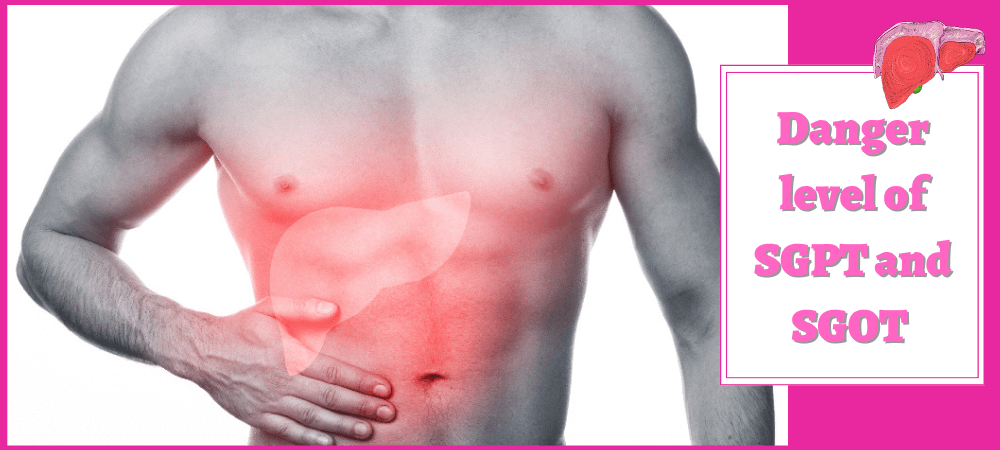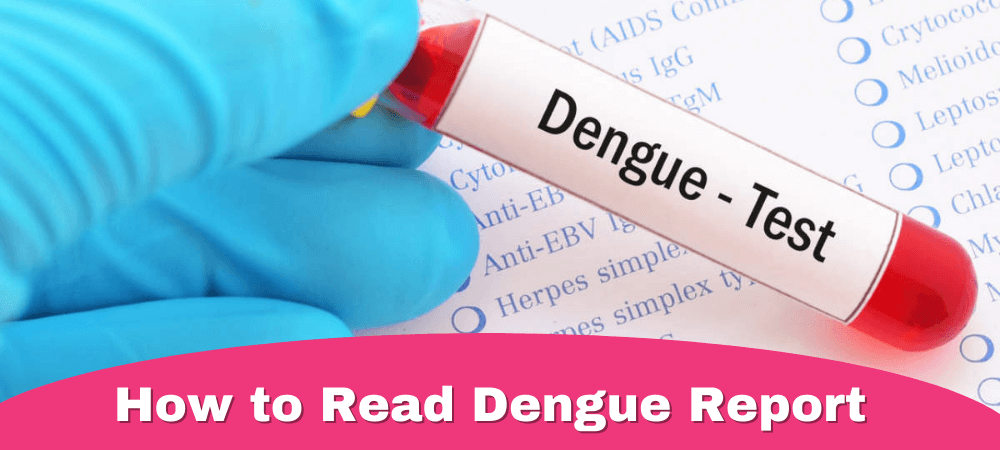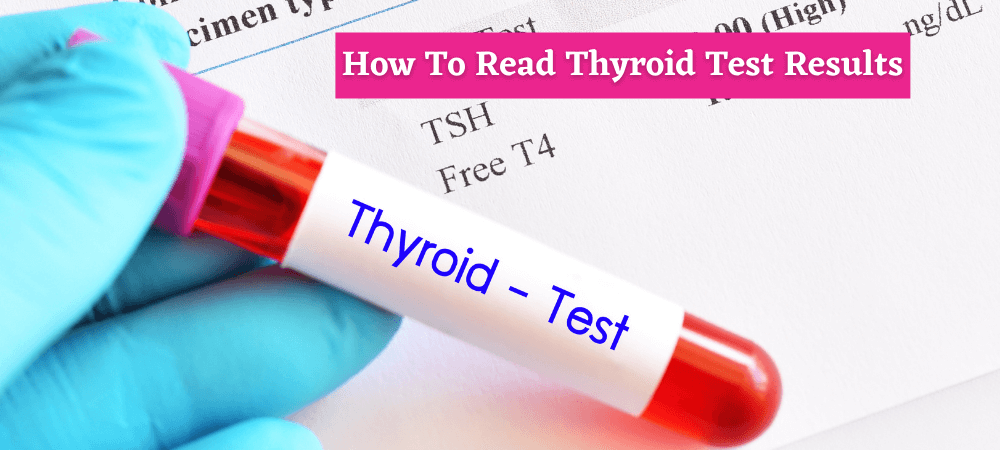Danger level of SGPT and SGOT
Our liver takes care of various metabolic functions in the body. Also, it detoxifies the blood and processes different waste products in the hemoglobin. Our liver produces and secretes various enzymes to conduct all these functions properly.
Our liver produces two enzymes primarily:
- Serum glutamate pyruvate transaminase (SGPT)
- And Serum glutamic oxaloacetic transaminase (SGOT)
To rule out possible complications, your doctor might prescribe you SGPT and SGOT test. SGPT is primarily found in the liver only. On the other hand, SGOT can be found in the liver, kidney, muscles, heart, and even in the brain.
Elevation of levels of these enzymes:
- SGOT levels can elevate during liver complications, heart attacks, or muscle injuries.
- SGPT levels can rise during some liver diseases or damage to any tissues in the liver.
The SGPT levels usually determine liver diseases and damage due to their elevated levels. A very high SGPT level can be dangerous and usually indicate liver damage.
The danger level of SGPT and SGOT symptoms
Some expected danger levels of SGOT and SGPT symptoms are as follows:
- Jaundice
- Vomiting and nausea
- Bruising quickly
- Swelling in the leg
- Shortness of breath
- Constant feeling of fatigue or tiredness
It is a warning sign if you experience any of these symptoms, and you must immediately seek medical assistance. If your test report shows high levels of SGPT and SGOT, your doctor will proceed with your tests. In such cases, treatment becomes necessary for high SGOT and SGPT.
Normal levels of SGPT and SGOT
The normal range can vary a little based on the testing method in the laboratory.
- Normal SGOT levels: 5 to 40 units per liter of serum
- Normal SGPT levels: 7 to 56 units per liter of serum
A drastic difference in the blood test reports from the normal range can signify severe complications in the body, especially with liver diseases or damage.
What if SGOT and SGPT are high
Often high levels of SGOT and SGPT indicate various complications in the body. Not necessarily elevated levels of these two enzymes are always associated with liver damage or diseases. In other words, there can be some other complications too.
In a few cases, if SGOT and SGPT are high, it indicates muscle damage or disease. The blood test reports from SGOT and SGPT cannot precisely determine the degree of liver damage or damage in the patient.
In conclusion, altered levels of SGOT and SGPT can indicate liver damage or disease as well as muscle damage. For more information regarding these two enzymes, visit us at Grace Laboratory.






